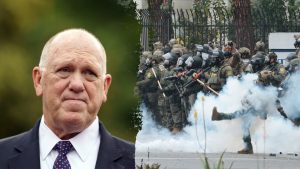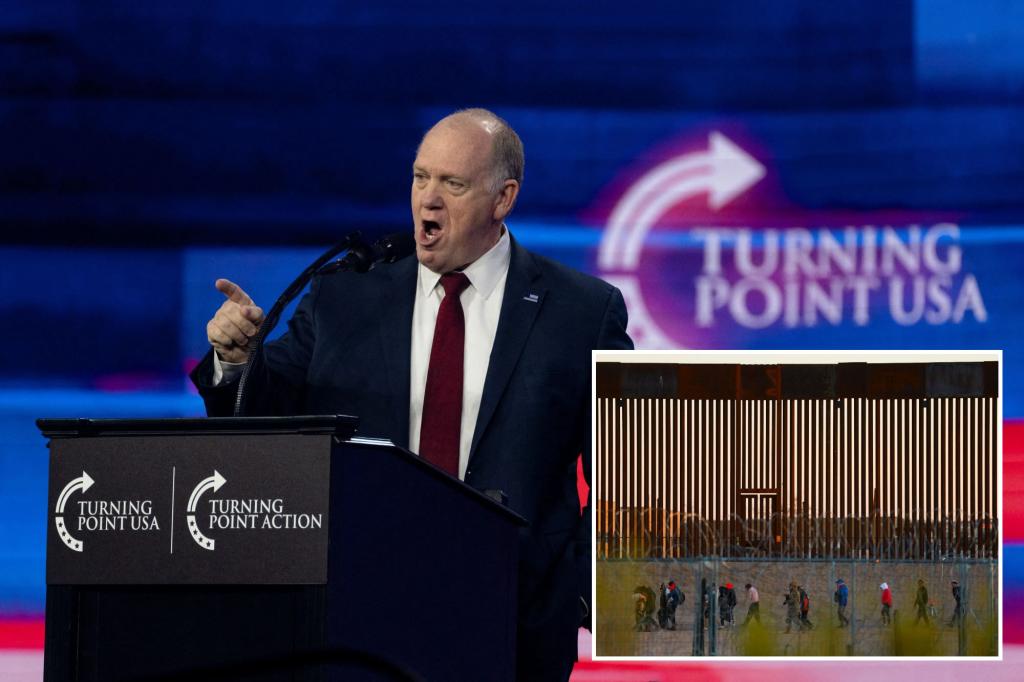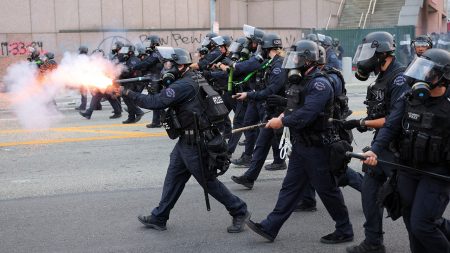The incoming Trump administration is preparing for a massive deportation operation, aiming to surpass the scale of any previous effort in American history. This ambitious plan, spearheaded by designated border czar Tom Homan, hinges on substantial congressional funding, estimated initially at $86 billion. While acknowledging the significant upfront cost, Homan argues that the long-term financial benefits will outweigh the initial investment, ultimately saving taxpayers billions. This cost projection covers a wide range of operational necessities, including a significant expansion of detention capacity, increased deportation flights and other transportation resources, and medical care for detainees throughout the process. Homan emphasizes the importance of congressional cooperation in securing this funding, particularly during the budget reconciliation process, to effectively address what he perceives as a major national security vulnerability.
Central to the deportation plan is a significant increase in detention bed capacity. Homan aims to expand the current capacity, estimated at tens of thousands, to 100,000 beds. This expansion is crucial to accommodating the anticipated influx of detainees as the administration ramps up deportation efforts. The current detention facilities are deemed insufficient to handle the scale of the projected operation, and the administration believes that increased capacity is essential to efficiently process and detain individuals awaiting deportation. This expansion will likely involve constructing new facilities and expanding existing ones, requiring considerable investment in infrastructure and personnel.
The administration’s deportation strategy will prioritize the removal of illegal immigrants with criminal records. This focus aligns with the administration’s rhetoric emphasizing public safety and national security. By targeting individuals with criminal histories, the administration aims to demonstrate a commitment to removing those deemed to pose the greatest threat to American communities. This approach also serves to justify the large-scale deportation operation to the public, framing it as a necessary measure to protect citizens from criminal elements within the undocumented population. However, the definition of “criminal” in this context remains ambiguous and could encompass a broad range of offenses, potentially leading to the deportation of individuals with minor infractions.
Beyond the immediate focus on criminal aliens, the administration envisions a broader deportation effort encompassing a wider range of undocumented immigrants. While the initial phase targets those with criminal records, the long-term goal appears to be a more extensive removal campaign. This broader approach reflects the administration’s hardline stance on immigration and its commitment to reducing the overall number of undocumented individuals in the country. This ambition aligns with Trump’s campaign promises and resonates with his core supporters, who view strict immigration enforcement as a priority. The details of this broader phase remain somewhat unclear, but it is likely to involve increased scrutiny of visa overstays, stricter enforcement of employer sanctions, and potentially expanded criteria for deportation.
The Trump administration anticipates significant resistance to its deportation plans, particularly from so-called “sanctuary cities.” These jurisdictions, often led by Democratic officials, have implemented policies that limit cooperation with federal immigration authorities, effectively shielding undocumented immigrants from deportation. Homan has made it clear that the administration will not be deterred by these sanctuary policies, vowing to proceed with deportations “with or without” the cooperation of local authorities. This stance sets the stage for potential legal battles between the federal government and sanctuary cities, further complicating the already complex landscape of immigration enforcement.
The proposed deportation operation, slated to commence on Trump’s first day back in office, signifies a dramatic shift in immigration policy. Its scale and scope represent a departure from previous administrations and signal a renewed emphasis on enforcement and removal. While the administration frames the plan as a necessary measure for national security and economic stability, critics raise concerns about its human cost, potential for racial profiling, and the significant financial burden it places on taxpayers. The implementation of this plan is sure to face legal challenges and generate widespread public debate, marking a pivotal moment in America’s ongoing struggle with immigration policy. The $86 billion request is merely the initial investment; the true cost – both financial and societal – of this ambitious undertaking remains to be seen.










